The story behind this all-gold F-16 – and 5 more new combat plane paint jobs you need to see
- By Hope Seck
Share This Article
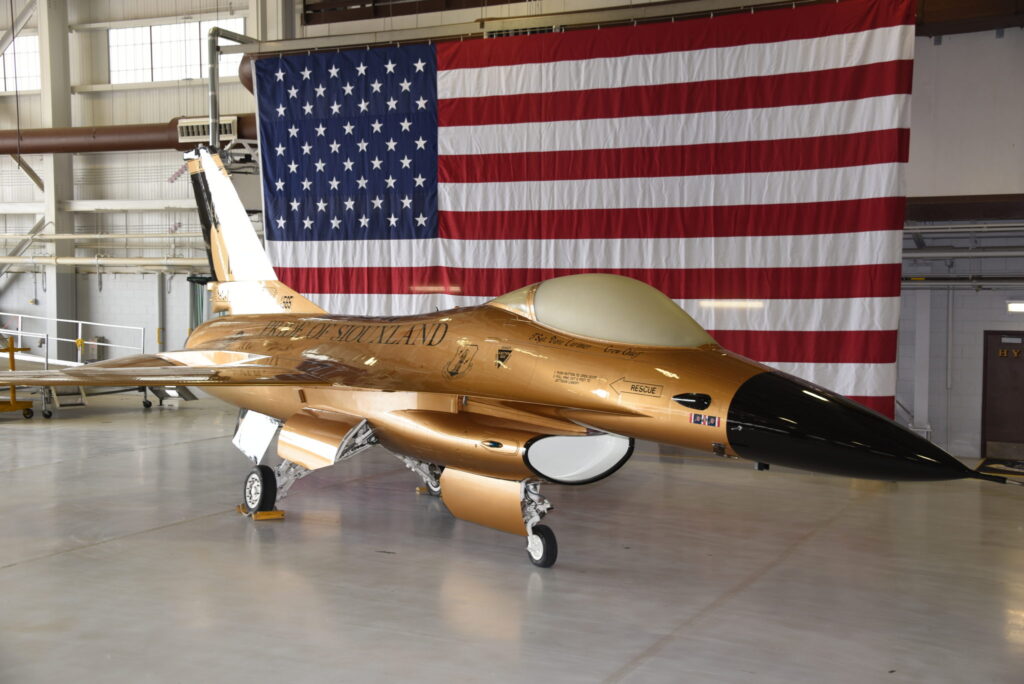
One could argue that the F-16 Fighting Falcon plane doesn’t need any special paint job to be the coolest thing in the air. After all, the Viper, as pilots call it, is the world’s most popular fighter by number of planes in service around the world, and the ride of choice for the elite Air Force Thunderbirds. But when you see one sparkle in flawless all-gold, it somehow still hits differently.
In July, 2022, in celebration of the Air Force’s 75th anniversary, the Iowa Air National Guard rolled out an F-16 with a fresh all-gold paint job and intricate details harking back to the state’s first gold heritage jet, unveiled in 1996. Like that 50th anniversary F-16, the new throwback jet has a striking glossy black radome, or nose cone, and the inscription “Pride of Siouxland” across the side. The original anniversary dates, 1946-1996, are printed on the ventral fins under the body of the plane. Unit emblems including a black bat with wings spread and a native American headdress bearing the words “Sioux City” can be found on the tail.
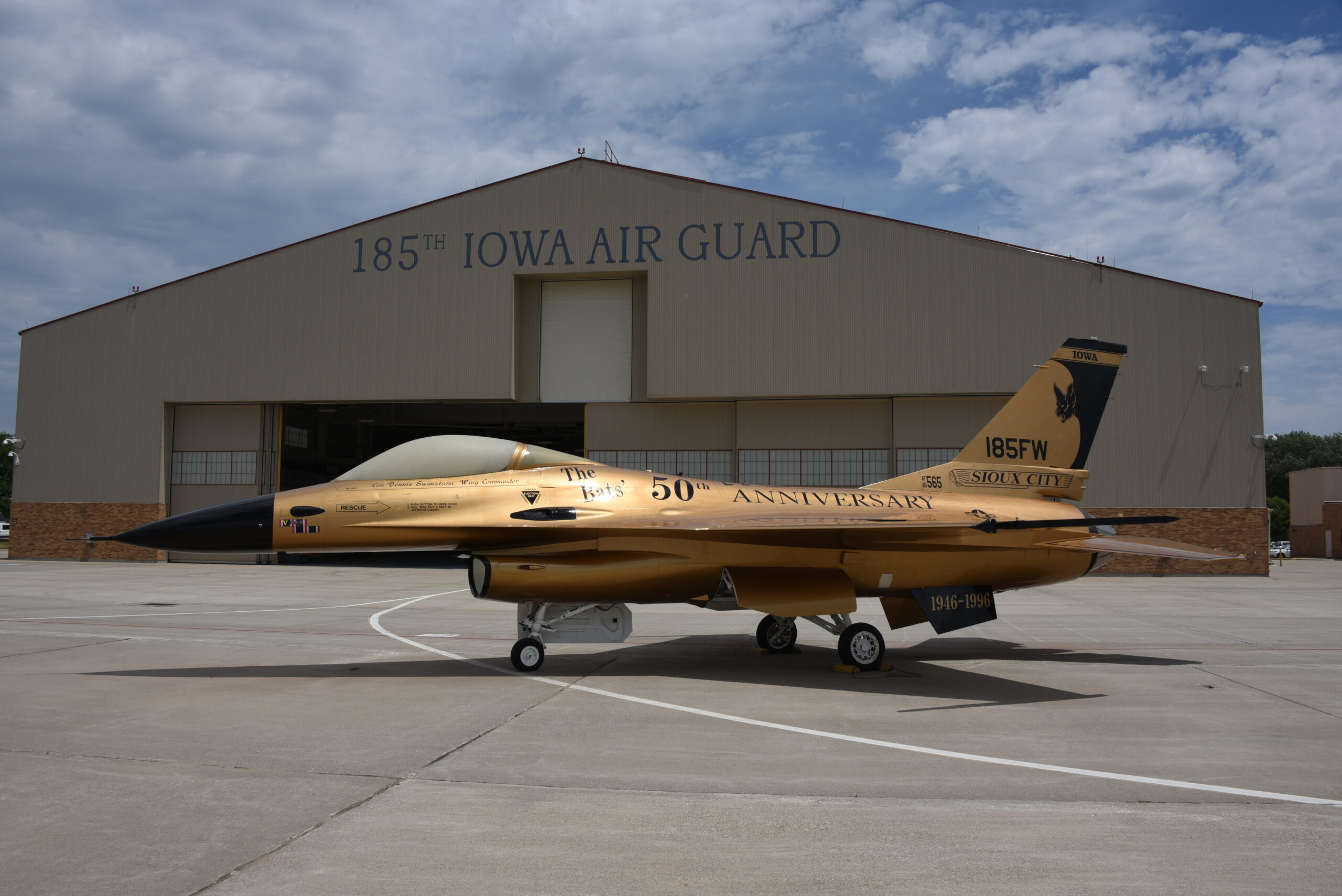
The aircraft also carries multiple hat tips to Col. Dennis Swanstrom, the Iowa ANG 128th Air Refueling Wing commander who had the audacity to create the original all-gold fighter, even though special paint jobs for active planes were essentially unheard-of at the time.
“As the story goes, Swanstrom was a consummate promoter and didn’t always concern himself with particular rules if they got in the way of a good idea,” a Guard news release stated. “The unit’s 50th anniversary happens only once and for those who knew him, when Swany had a good idea, no amount of persuasion could convince him otherwise.”
And based on the hype the newly released gold F-16 is generating it appears history has proven Swany right.
Elsewhere around the Air Force, fighter paint schemes have become an art form, with increasingly intricate and meaningful designs. Here are five more notable heritage designs in the last few years that you might have missed.
Related: America’s enemies can track stealth fighters on radar (and it isn’t a problem)
1) F-35 Aggressor Aircraft
Two F-35 Joint Strike Fighters have joined the newly reactivated 65th Aggressor Squadron at Nellis Air Force Base, Nevada, and they’re sporting a fresh look. The unit, which maintains jets intended to simulate enemy fighters in combat scenarios, stood back up in June at a ceremony featuring a static F-35 in a subtle three-color camouflage carefully designed not to interfere with the 5th-generation fighter’s stealth coating.
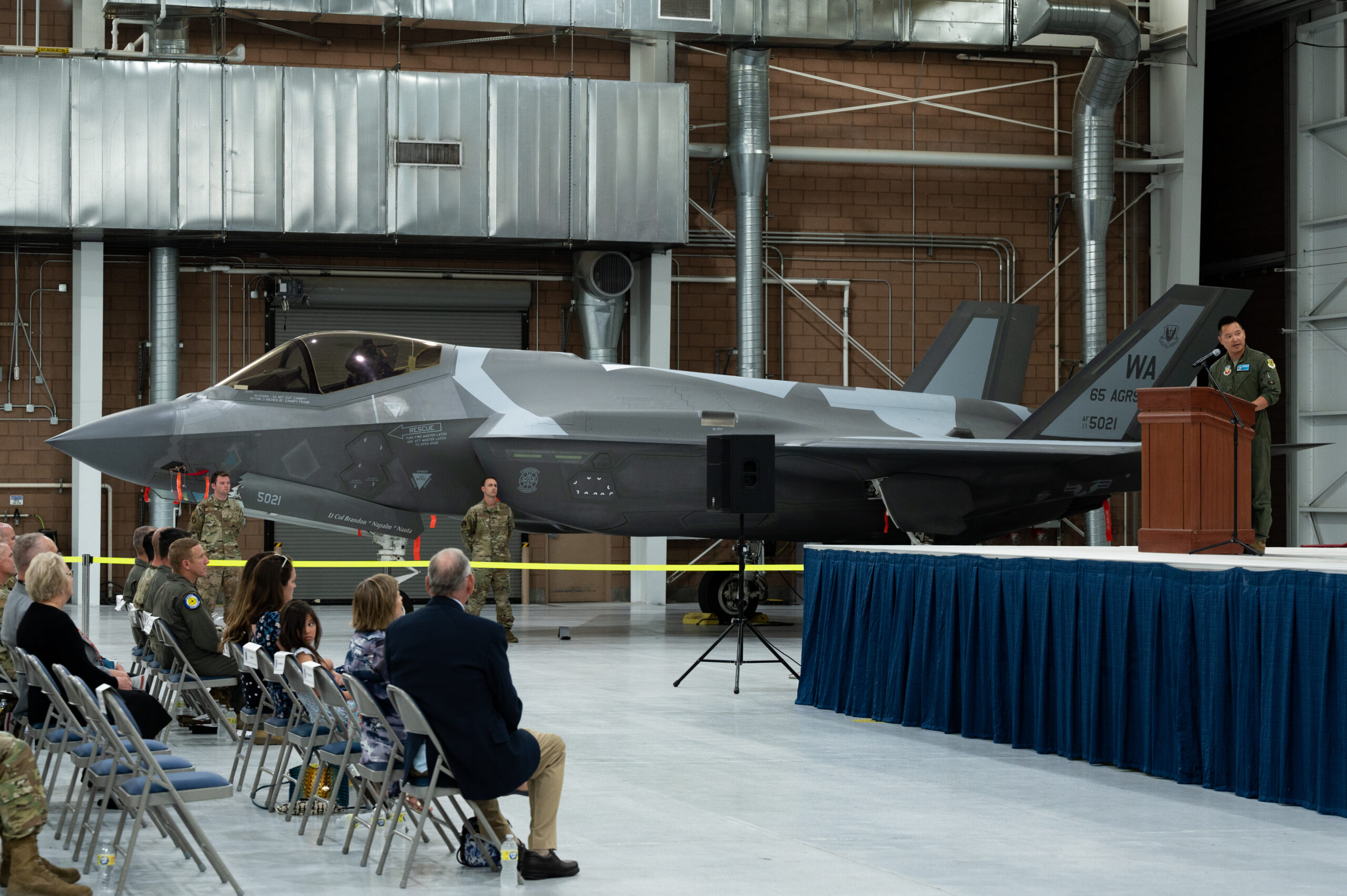
The paint scheme, though limited so as to avoid compromising the F-35’s low-observable characteristics, is “reminiscent of both the Russian Su-57 Felon and Chinese J-20 fighters,” Air Force Magazine reported. The future look of these F-35 “red air” fighters has been the subject of lively speculation for years. In 2020, aviation artist Sean Hampton released seven artists’ renderings showing possible schemes that vividly simulated adversary aircraft. Among them were “The Wraith,” a black-and-red scheme apparently inspired by a Russian MiG and now in use on aggressor F-16s; and “Ghost,” an eye-catching pixelated blue-and-white theme imitating the Su-57 that has also been applied to the F-16.
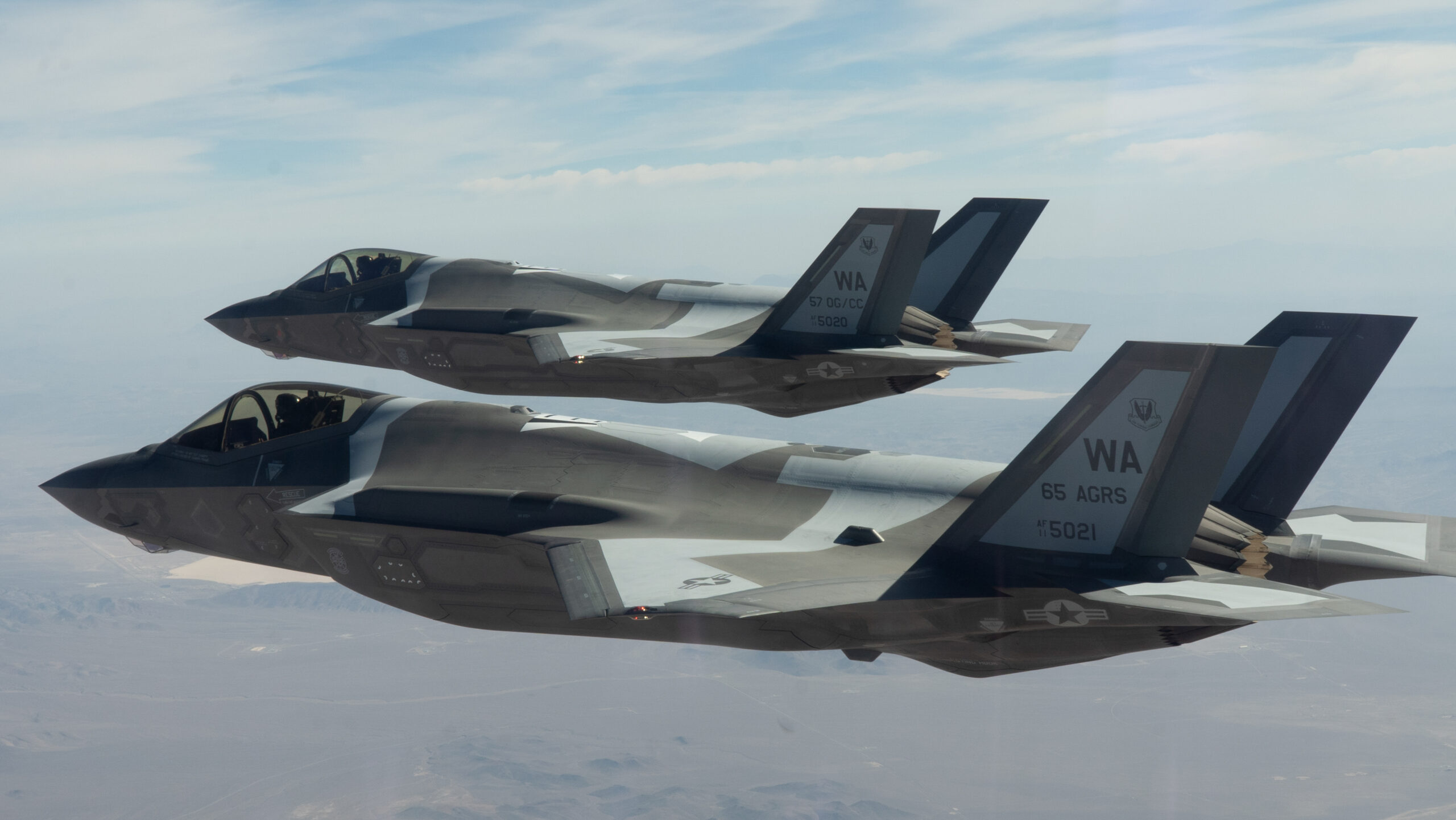
One could argue that warpaint on the F-35 is a little beside the point; the fighter is designed to close on an enemy before the enemy even knows they’re in danger. But if the Air Force does choose to amp up the realism on its aggressor Joint Strike Fighters, it has plenty of options.
2) ‘POW’ A-10 Warthog
The Air Force’s beloved A-10 Thunderbolt, also known as the Warthog, is a perennial favorite for flashy heritage paint jobs. But a special desert scheme unveiled in 2021 took on a whole new meaning. The Air Force’s A-10 demonstration team commissioned a retro green-and-tan “SouthEast Asia”-style paint scheme in tribute to Vietnam veterans and American prisoners of war. Like Air Force planes in the Vietnam war, the demo team’s A-10C featured patches of dark and light greens and dark tan on the upper surfaces and camouflage gray below.
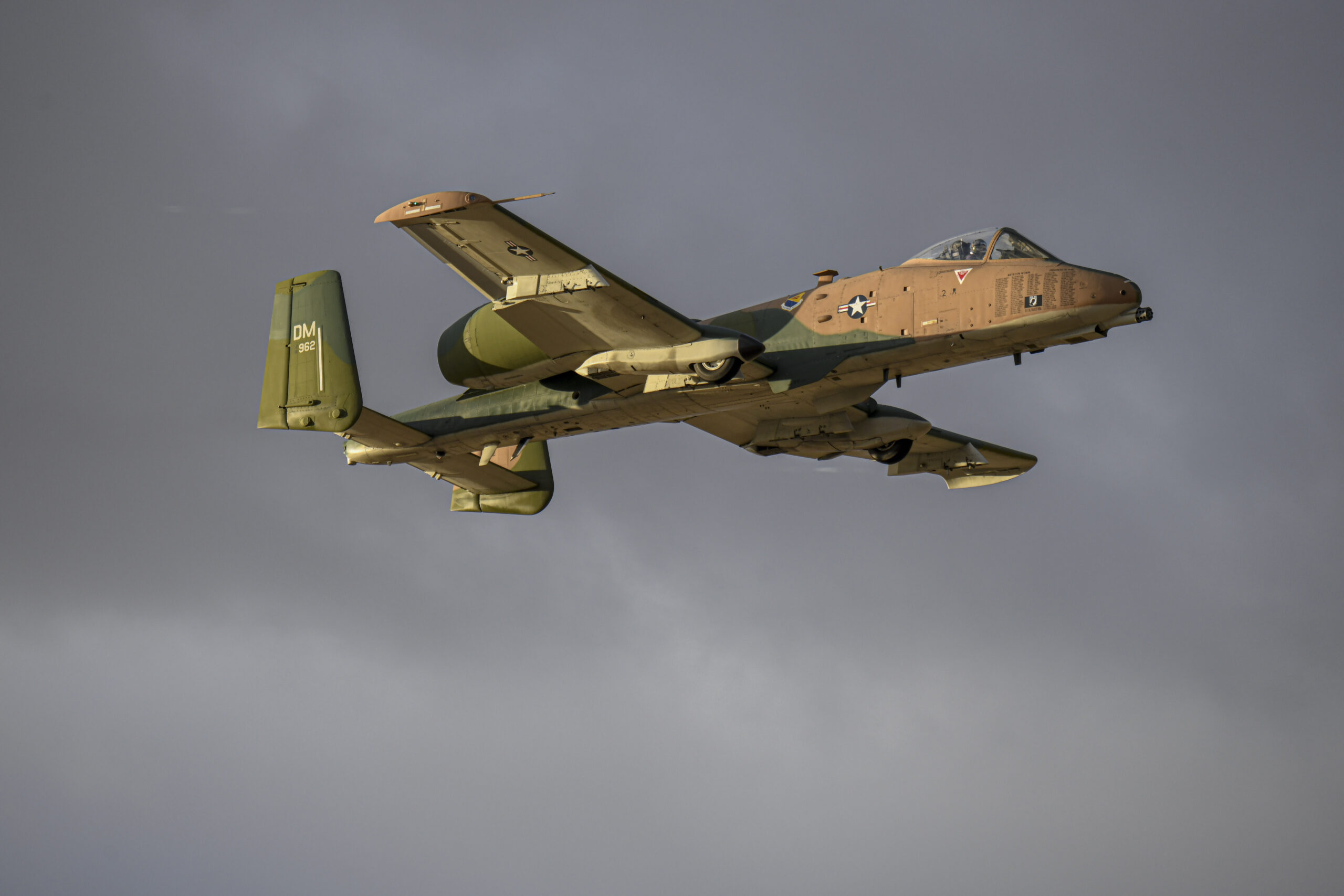
On the right side of the plane are printed the names of the 97 airmen from the 355th Tactical Fighter Wing who were killed in action or held as POWs during the war. Like the A-10 demo team, the 335th is stationed at Davis-Monthan Air Force Base, Arizona.
“The opportunity to fly an aircraft with a Vietnam War-era paint scheme is one I never thought I would have,” said Capt. Haden “Gator” Fullam, the demonstration team commander, said in a statement.
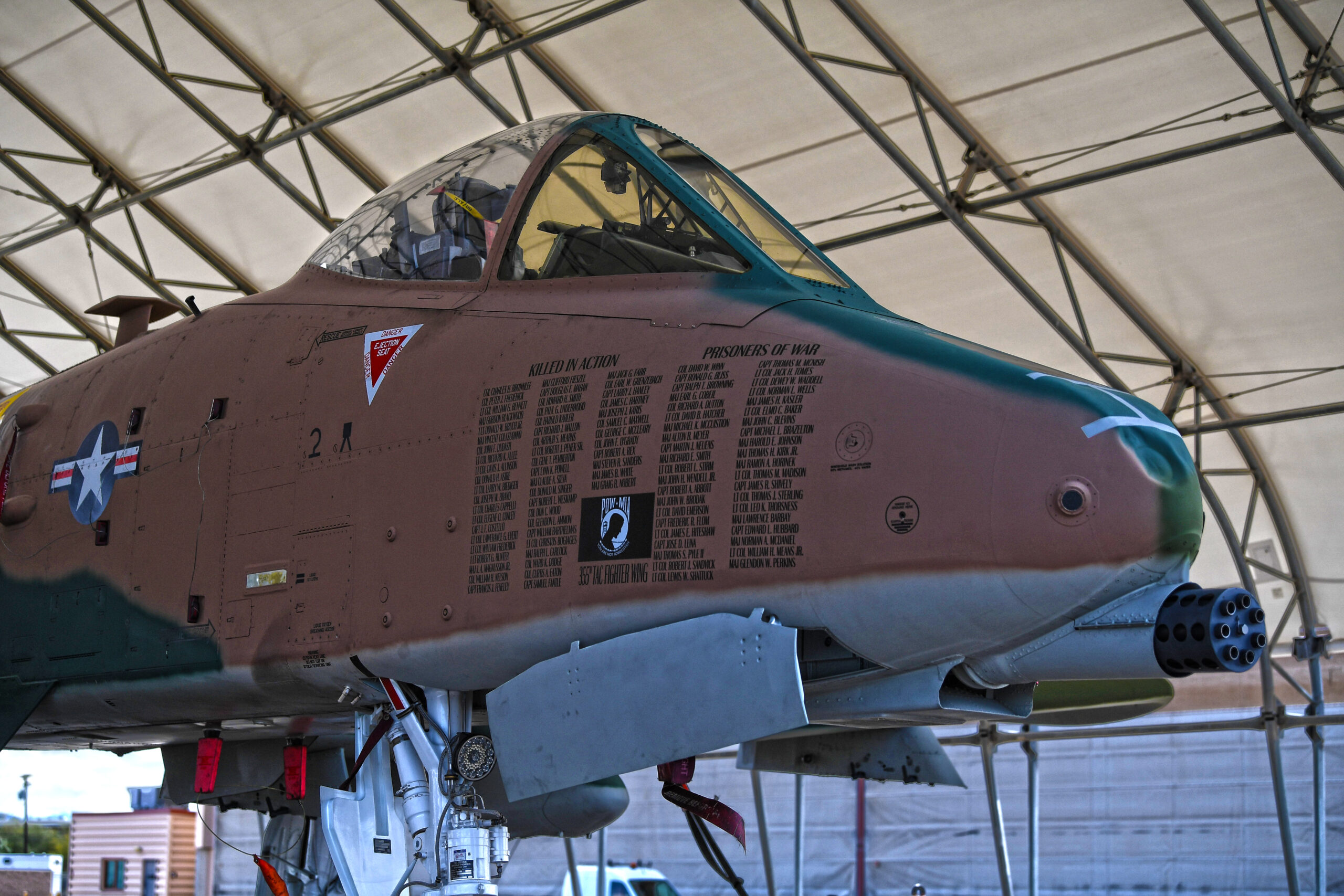
“Every time I fly that aircraft it will have a special meaning to me, so giving the best and safest demonstrations at airshows is without question my priority. What is going to make that happen is the experience and professionalism we have as a team,” Fullam added.
The Vietnam heritage A-10 continues to fly in air shows this summer.
Related: Breaking out of a POW camp on a Russian helicopter
3) ‘Passionate Patsy’
In a sea of eye-catching combat aircraft paint schemes, the 310th Fighter Squadron’s flagship F-16 still manages to stand out. At the beginning of this year, the squadron from Luke Air Force Base, Arizona, rolled out an homage to the World War II-era “Passionate Patsy” Republic P-47 Thunderbolt in honor of the squadron’s 80th anniversary.
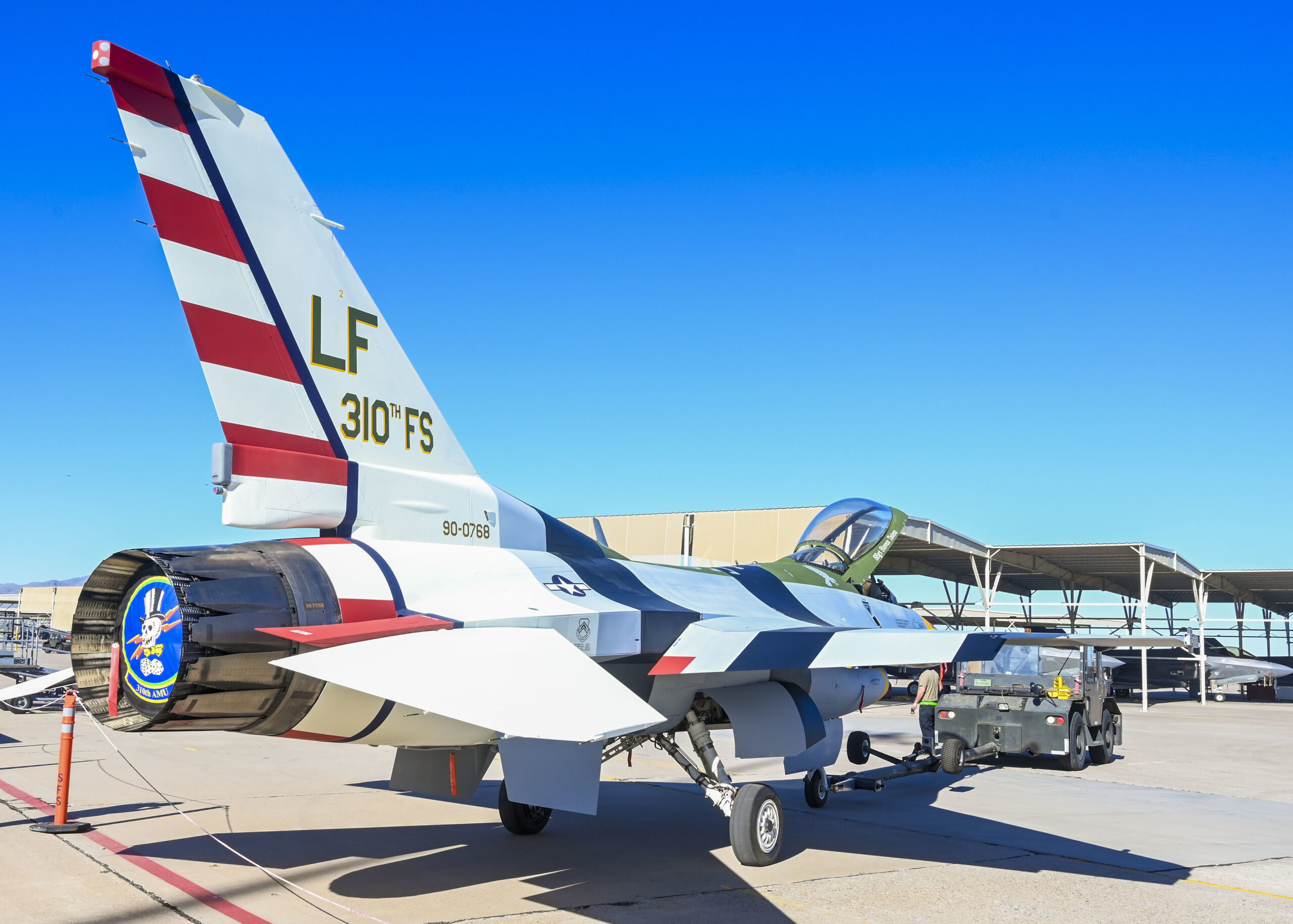
Then part of the Army Air Corps and known as the 310th Pursuit Squadron (Interceptor), the unit flew P-47 escort fighters with a distinctive Army green body and a silver-and-red striped band around the nose. The nose itself was painted yellow and featured a dark-haired pinup girl in white heels: “Passionate Patsy.”
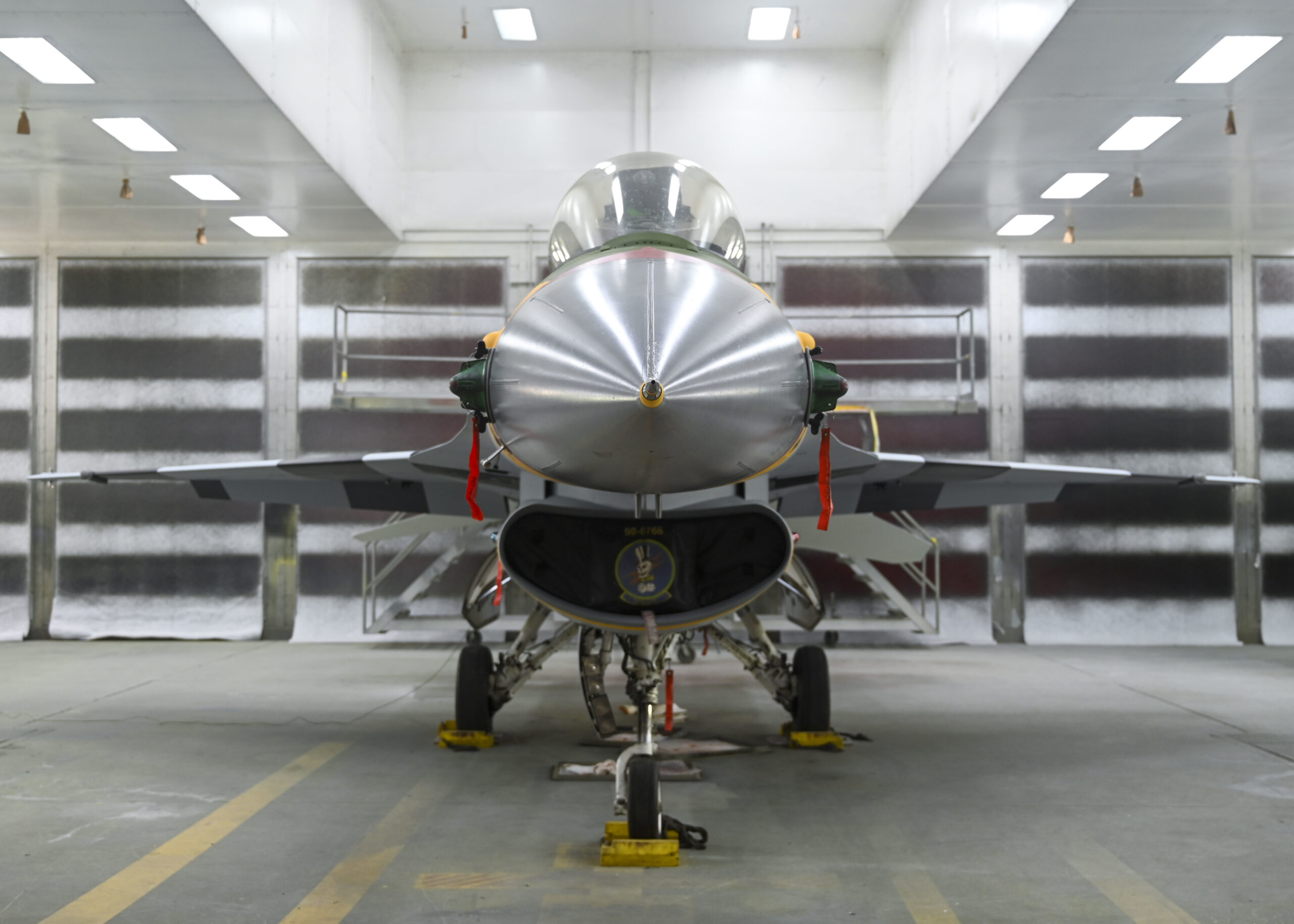
The tribute F-16 features the iconic stripes on the tail and a modified yellow band around the nose. It also has sleek blue-on-blue stripes on the body and the original Army green above the cockpit.
Related: Letters to Loretta: Preparing to bomb Germany
4) A-10 ‘Blacksnake’
Staying with the anniversary theme, we have to pay tribute to the Indiana Air National Guard’s 122nd Fighter Wing, which turned out a truly terrifying all-black A-10 in 2021 in honor of the 100th anniversary of aviation in the Indiana National Guard.
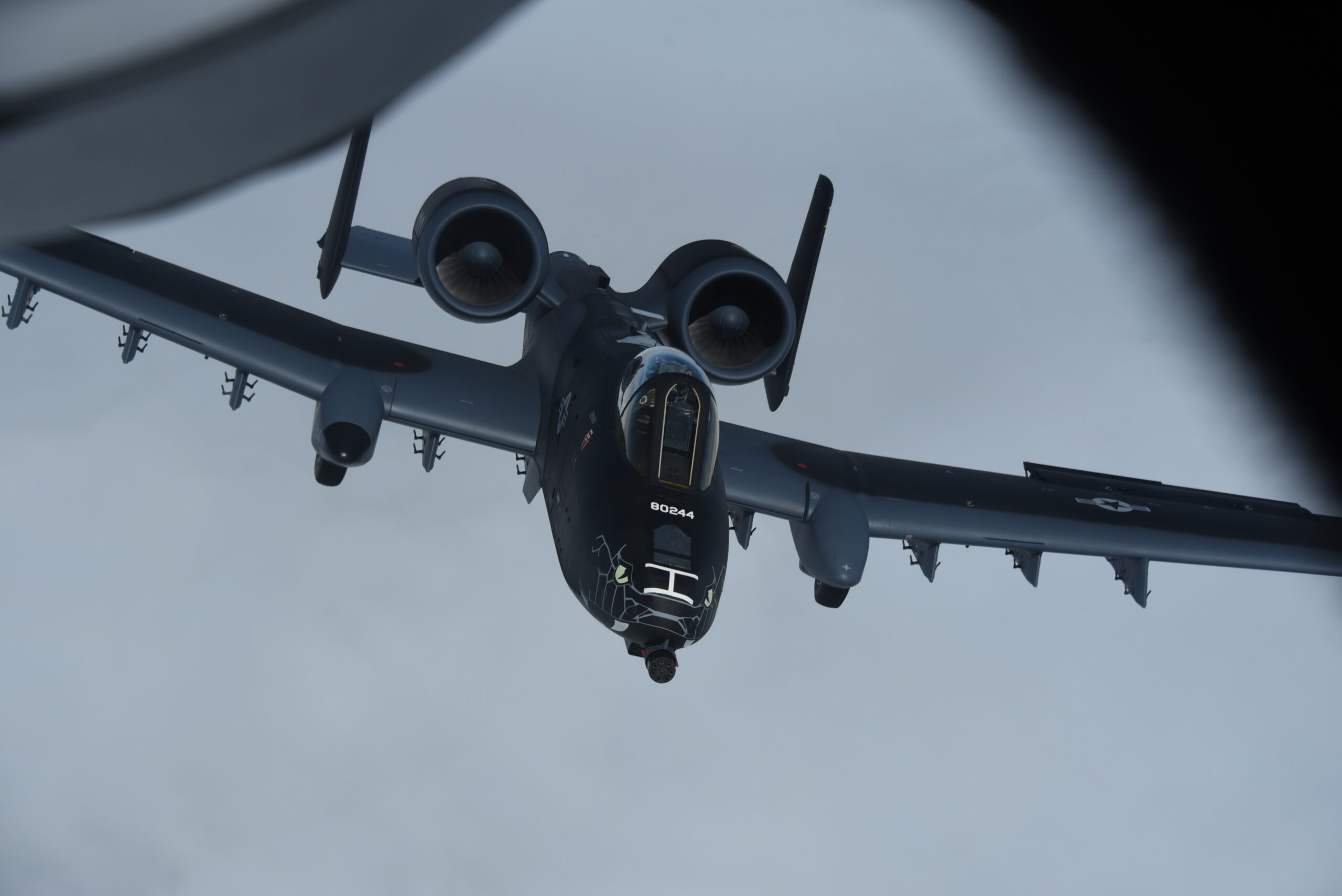
The “Blacksnakes,” as the unit is called, leaned fully into the theme, swapping out the A-10’s typical gray and adding a menacing snake head to the nose, including bared venomous teeth, a scaly face, and glowing hooded eyes.
According to a news release describing the paint job, the “Blacksnakes” nickname originated in the Revolutionary War. Anthony Wayne, an American general and founding father who would also be the namesake for Fort Wayne, Indiana, was called “Black Snake” by the Native Americans who saw him fight, the release said.
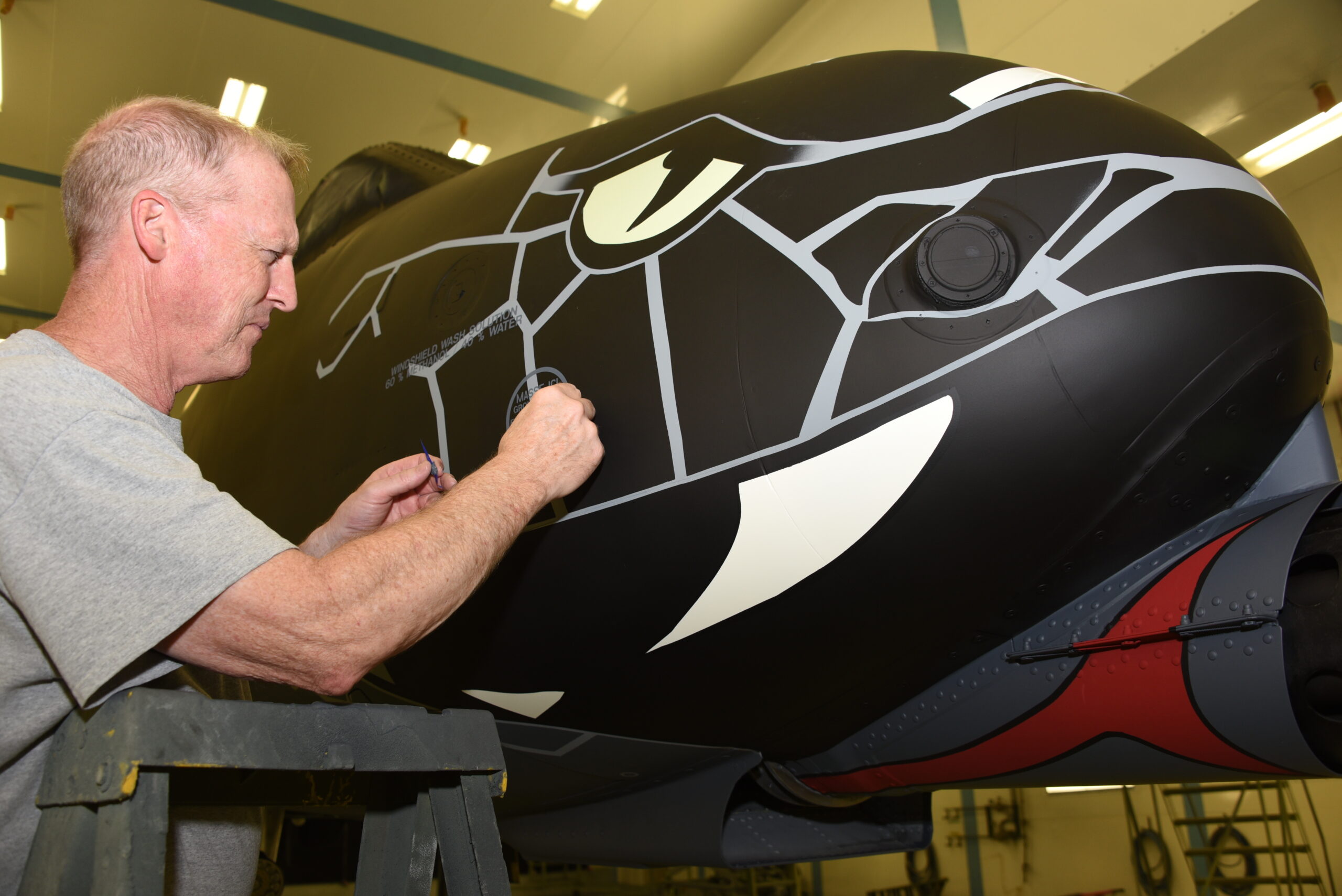
“Wayne was known for a methodical fighting style where he instructed his soldiers to lie in wait for the right moment to strike, similar to the actions of a North American Black Snake,” the news release added.
The body of the A-10 also features a small checkered flag honoring the “Racers” of Indiana’s 181st Intelligence Wing.
5) Air Force jet honors a Marine
Finally, we turn to the South Dakota Air National Guard, which commemorated the Air Force’s 75th anniversary by honoring a Medal of Honor recipient from the Marine Corps. As it turns out, World War II Ace Capt. Joe Foss, though he flew for the Marines in combat, played a key role in establishing the air component of the South Dakota National Guard after returning home from war. As a guardsman, Foss became the first commander of the 114th Fighter Wing prior to serving as governor of South Dakota.
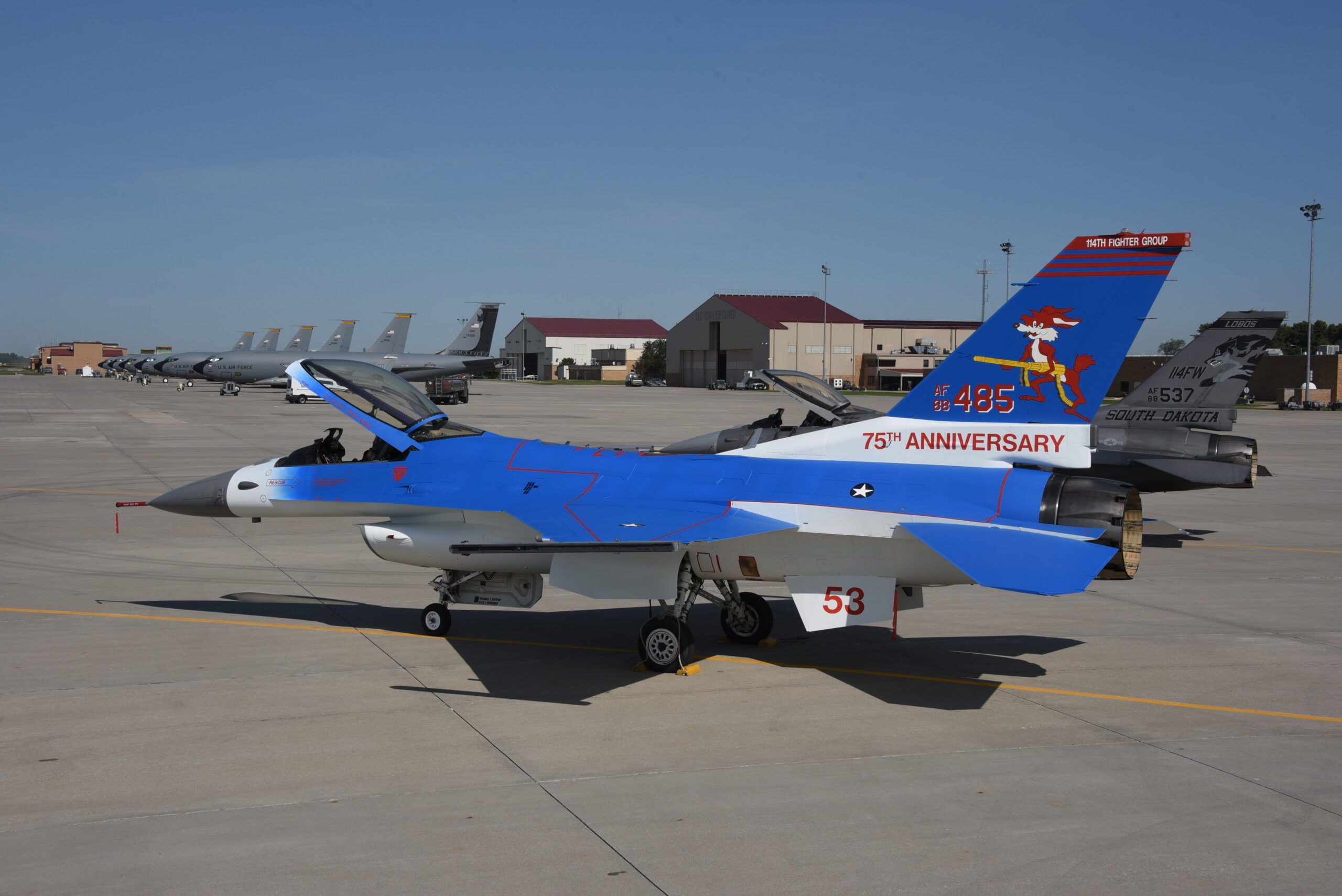
“Today the 114th Fighter Wing of the South Dakota Air Guard is located at Joe Foss field in Sioux Falls, named after the South Dakota native who became a United States Marine Corps flying Ace during the 2nd World War,” a release stated.
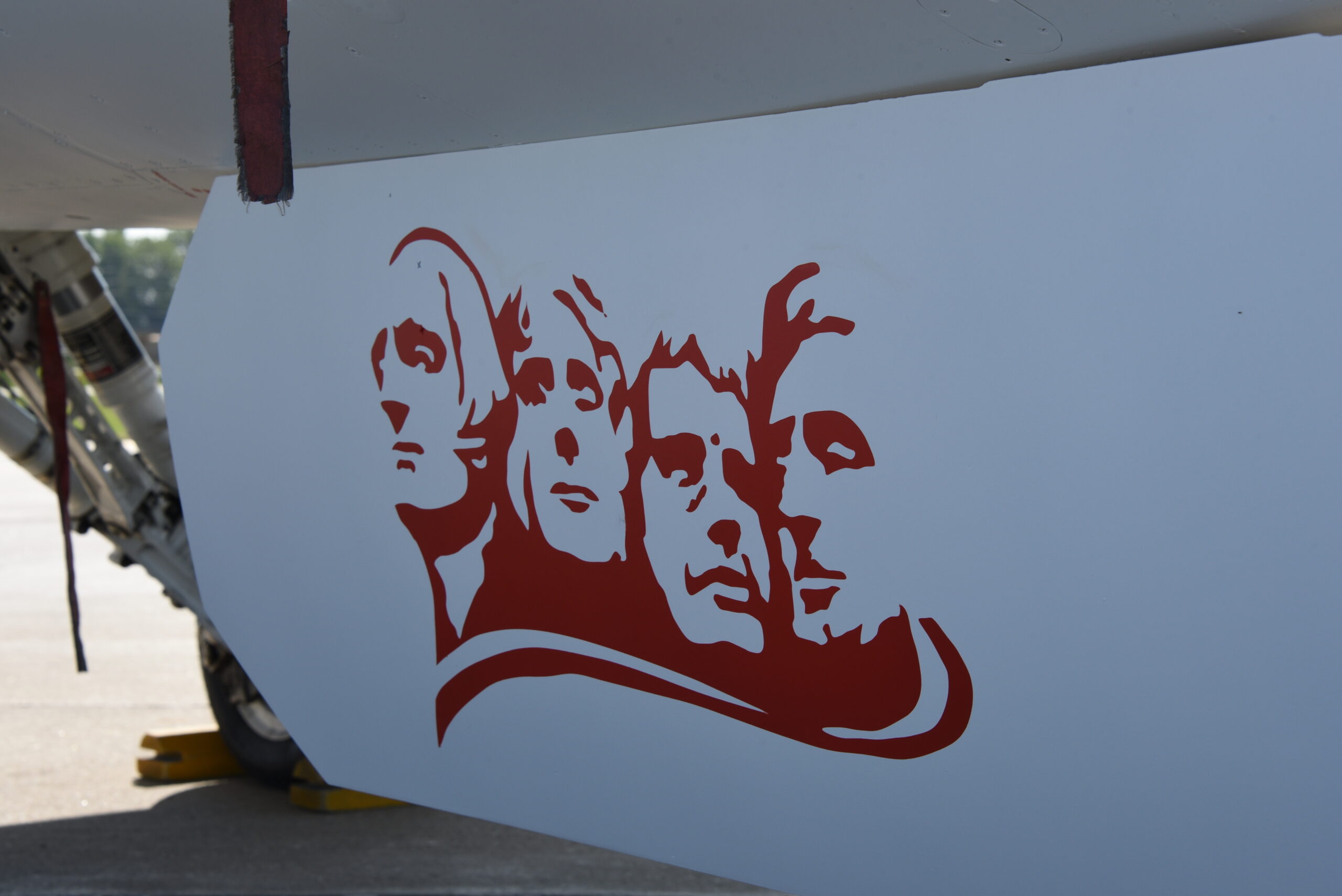
The F-16 heritage jet honoring Foss is themed after the Grumman F-4F Wildcat he flew in combat. It features an azure body with white accents, a cartoon coyote with a machine gun on the tail flash, and a stylized depiction of the faces on Mount Rushmore in red on an underside panel.
Editor’s Note: This article was originally published on September 2022.
Read more from Sandboxx News
- How big are the guns on America’s fighter jets? BIG.
- Was America’s Aurora hypersonic aircraft real? We get to the bottom of it
- Letters to Loretta: From Wendover Air Force Base with love
- Drone boats are joining the Ukraine war. But will they matter?
- To prepare for war in the Arctic, the US wants to control ice
Related Posts
Sandboxx News Merch
-

‘AirPower’ Classic Hoodie
$46.00 – $48.00 Select options This product has multiple variants. The options may be chosen on the product page -

‘Sandboxx News’ Trucker Cap
$27.00 Select options This product has multiple variants. The options may be chosen on the product page -

‘Kinetic Diplomacy’ Bumper Sticker (Black)
$8.00 Add to cart
Hope Seck
Hope Hodge Seck is an award-winning investigative and enterprise reporter who has been covering military issues since 2009. She is the former managing editor for Military.com.
Related to: Breaking News
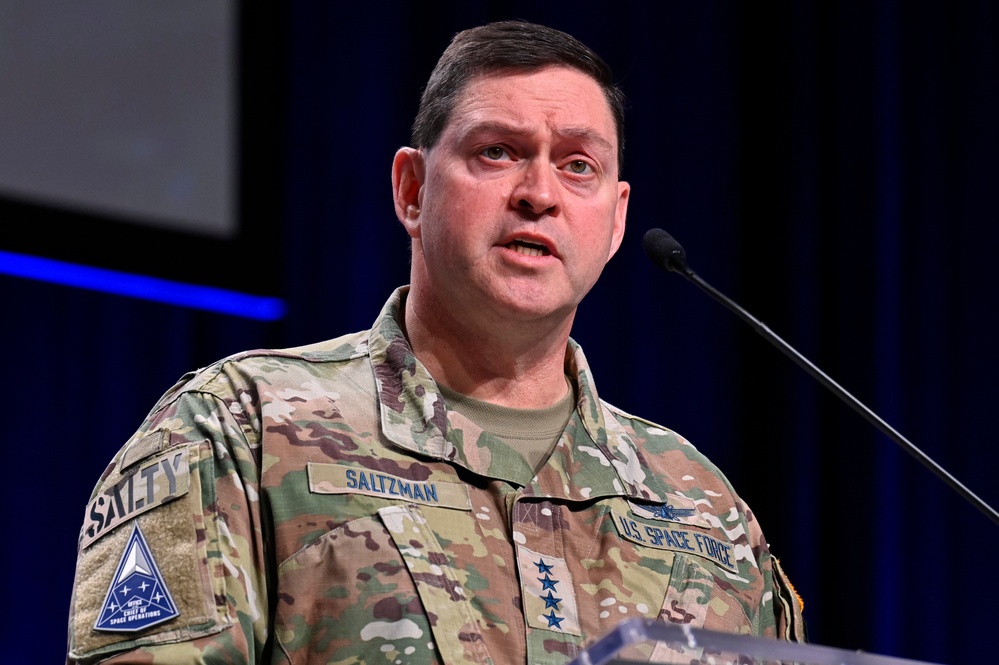
Dogfighting in space? Not too far-fetched, Space Force chief says
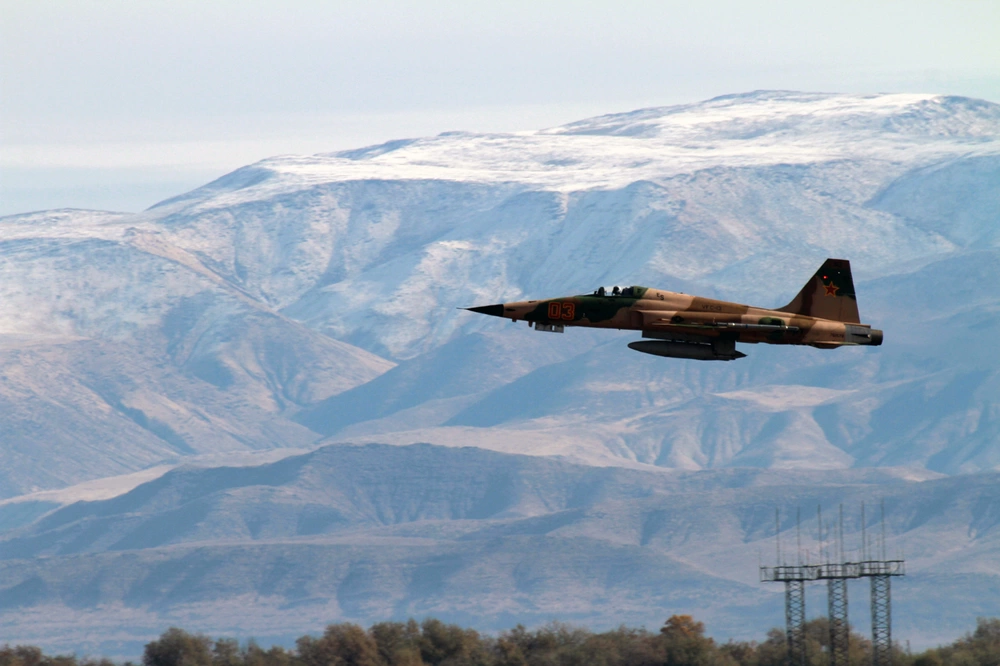
New master’s degree will train Top Gun pilots on foreign adversaries and space warfare
Sandboxx News
-

‘Sandboxx News’ Trucker Cap
$27.00 Select options This product has multiple variants. The options may be chosen on the product page -

‘AirPower’ Classic Hoodie
$46.00 – $48.00 Select options This product has multiple variants. The options may be chosen on the product page -

‘AirPower’ Golf Rope Hat
$31.00 Select options This product has multiple variants. The options may be chosen on the product page -

‘Sandboxx News’ Dad Hat
$27.00 Select options This product has multiple variants. The options may be chosen on the product page
